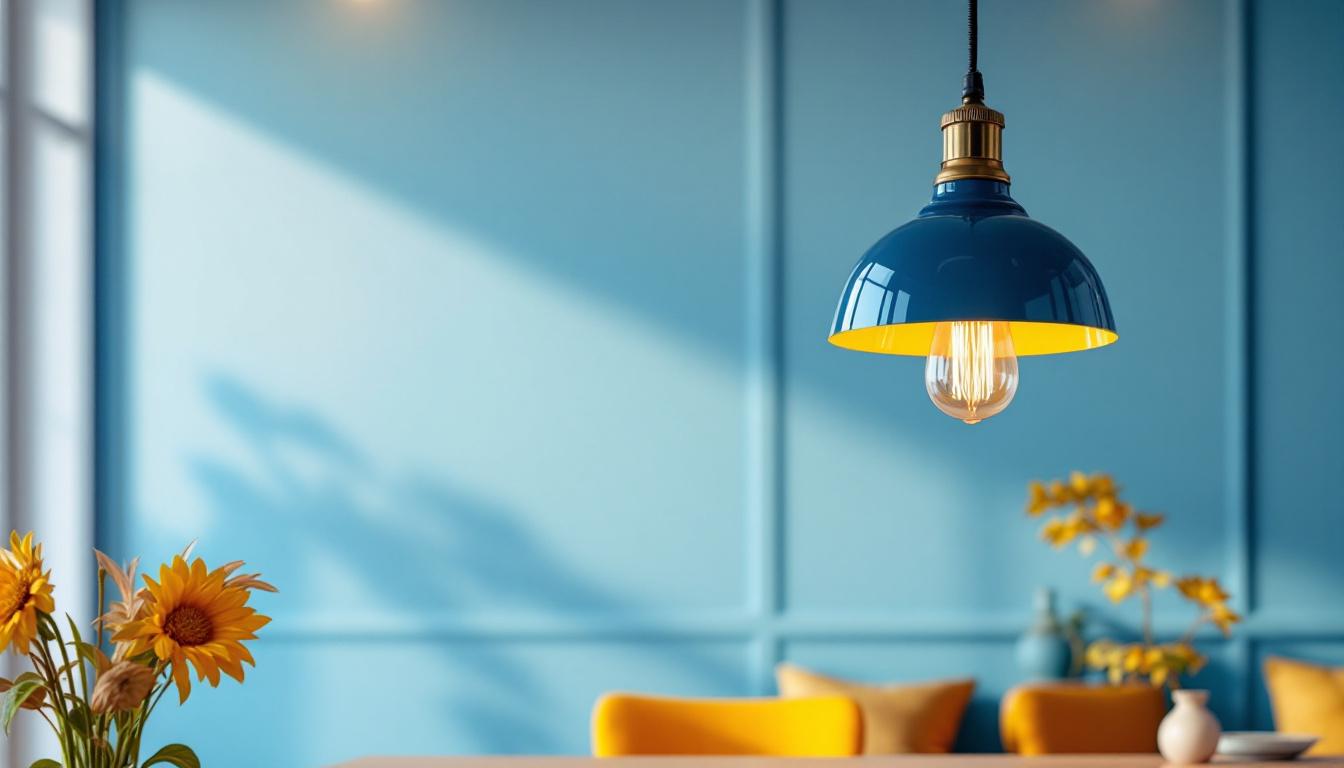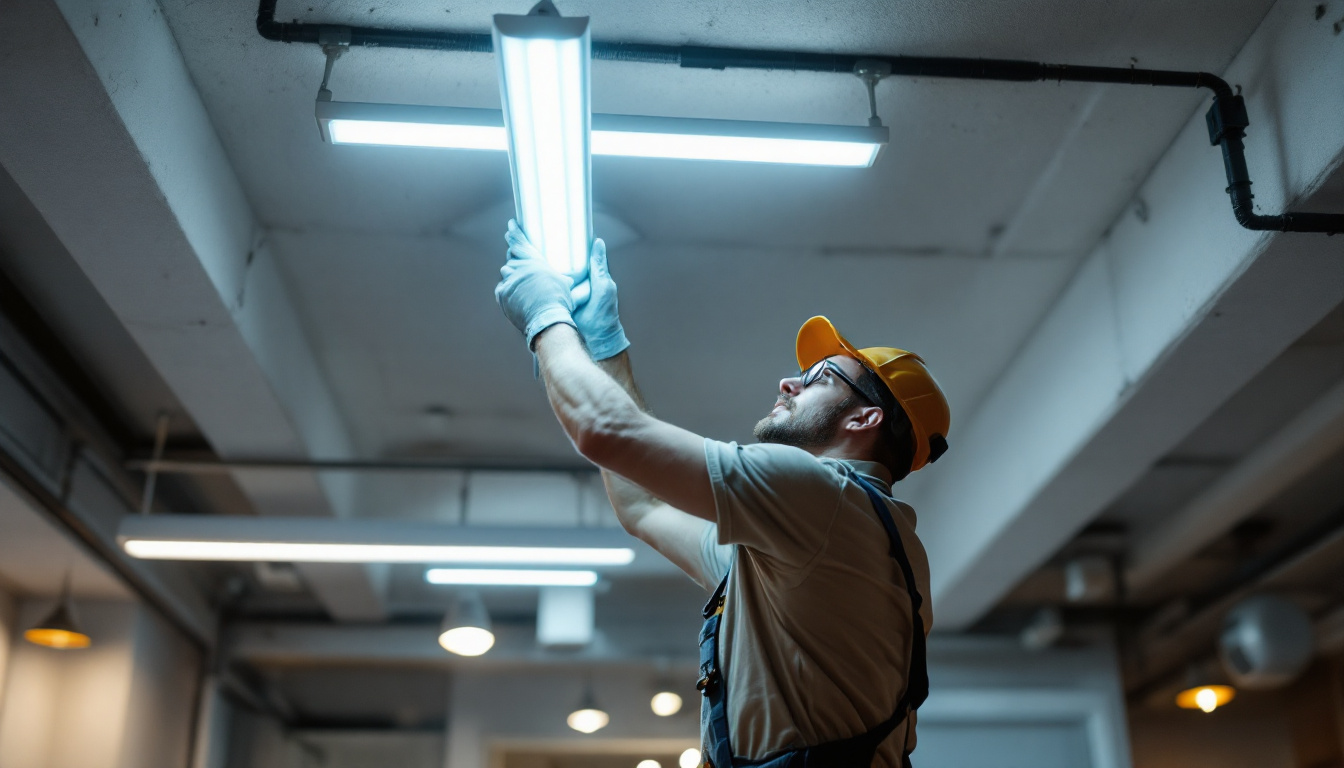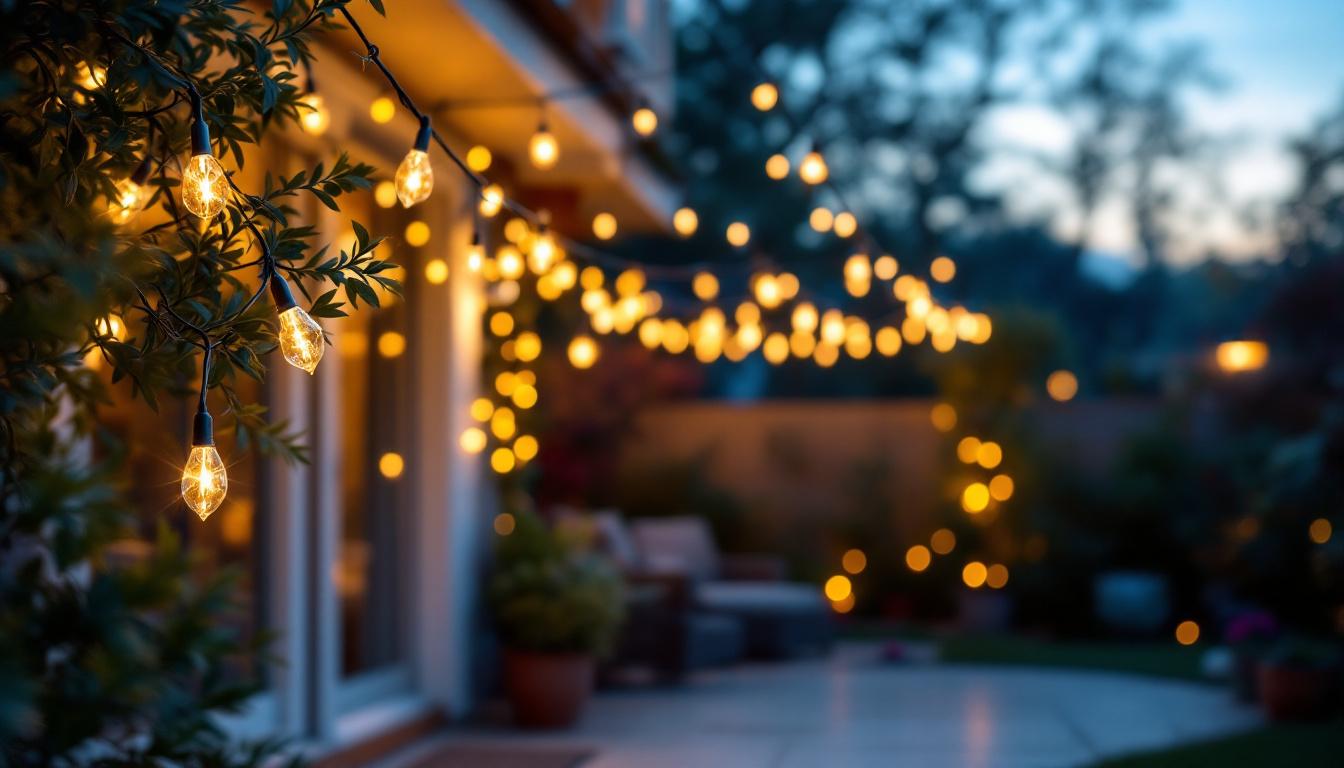
Pendant lights have become a staple in modern lighting design, offering both functionality and aesthetic appeal. For lighting contractors, understanding the nuances of long pendant lights is essential for delivering quality installations that meet client expectations. This guide will explore the various aspects of long pendant lights, including their design, installation considerations, and maintenance tips.
Long pendant lights are characterized by their elongated shapes and are often used to illuminate specific areas, such as dining tables, kitchen islands, or workspaces. Their design allows for a more focused light output, making them ideal for task lighting while also serving as a statement piece in interior decor. The strategic placement of these fixtures can enhance the functionality of a space, ensuring that areas requiring more light are adequately illuminated without overwhelming the overall aesthetic.
Long pendant lights come in various designs, materials, and finishes. From sleek, modern styles to rustic, vintage-inspired options, the choices are vast. Contractors should familiarize themselves with the different types available, including linear pendants, multi-light pendants, and adjustable options. Each design serves a unique purpose and can drastically change the ambiance of a space. For instance, a minimalist glass pendant can create an airy feel, while a bold metal fixture can serve as a focal point that draws the eye and adds character to the room. Additionally, the choice of bulb type—whether incandescent, LED, or even smart bulbs—can further influence the mood and efficiency of the lighting.
These fixtures are versatile and can be used in various settings. In residential spaces, long pendant lights are commonly found above kitchen islands or dining tables, where they provide both illumination and style. The right pendant can transform a simple meal into an elegant dining experience, enhancing the visual appeal of the table setting. In commercial settings, they can enhance the atmosphere of restaurants, cafes, and retail spaces, creating a welcoming environment for customers. For example, a series of long pendant lights can guide patrons through a restaurant, subtly directing them to different sections while also establishing a cozy, inviting ambiance. Furthermore, in offices, long pendants can be utilized in collaborative spaces, promoting productivity and focus by ensuring that work areas are well-lit and visually appealing.
Proper installation of long pendant lights is crucial for both safety and functionality. Contractors must be aware of several factors that can impact the installation process, including ceiling height, electrical requirements, and fixture weight.
One of the first considerations when installing long pendant lights is the ceiling height. Ideally, the bottom of the pendant should hang between 28 to 34 inches above a dining table or kitchen island. For higher ceilings, longer suspension cables may be necessary to maintain the appropriate height. Additionally, spacing between multiple pendants should be consistent to ensure a balanced look. It’s also important to consider the overall design aesthetic; for instance, a cluster of pendants can create a stunning visual impact, but careful planning is needed to ensure they don’t overwhelm the space. The arrangement should complement the room’s dimensions and decor style, whether it’s a sleek modern kitchen or a rustic dining area.
Before installation, it is essential to assess the electrical setup. Long pendant lights often require specific wiring configurations, particularly when multiple fixtures are installed in a row. Ensuring that the electrical circuit can handle the load is vital to prevent any issues post-installation. Consulting local electrical codes and regulations can help in determining the necessary requirements. Additionally, it may be beneficial to consider the type of bulbs being used; LED bulbs, for example, are energy-efficient and have a longer lifespan, but they may require compatible dimmers or transformers. Properly planning the electrical layout can enhance the functionality of the lighting, allowing for adjustable brightness levels that suit various occasions.
Long pendant lights can be heavier than standard fixtures, especially those made from materials like glass or metal. It is important to use appropriate mounting hardware and ensure that the ceiling structure can support the weight of the fixture. Using a junction box rated for the weight of the fixture is also a critical step in the installation process. Beyond just the immediate weight considerations, it’s wise to think about the long-term stability of the installation. Over time, vibrations from daily activities or even slight movements in the building structure can affect the integrity of the fixture’s mounting. Regular checks and maintenance can help ensure that the pendants remain securely in place, providing both safety and peace of mind for homeowners.
The choice of lighting source significantly impacts the overall effect of long pendant lights. Options include incandescent, LED, and fluorescent bulbs, each offering different benefits and drawbacks. Selecting the right lighting can enhance the aesthetic appeal of a room while also improving functionality, making it essential for homeowners and designers alike to understand the nuances of each option.
LED bulbs are increasingly popular due to their energy efficiency and longevity. They produce less heat and can be dimmed, providing flexibility in lighting design. Additionally, LED technology has advanced to offer a variety of color options, allowing homeowners to customize the ambiance to their liking. On the other hand, incandescent bulbs offer a warm glow that many homeowners prefer for a cozy atmosphere. Their ability to render colors more accurately can make a space feel more inviting, particularly in living areas and dining rooms. Contractors should educate clients on the benefits of each type to help them make informed decisions, taking into account not just energy savings but also the emotional impact of different lighting styles.
Color temperature plays a crucial role in setting the mood of a space. Warm white (2700K-3000K) is ideal for creating a relaxed environment, while cool white (4000K-5000K) is better suited for task-oriented areas. For instance, kitchens and workspaces benefit from brighter, cooler lighting that enhances visibility and focus, while bedrooms and living rooms thrive under softer, warmer tones that promote relaxation. Contractors should consider the intended use of the space when recommending color temperatures, ensuring that the lighting complements the overall design. Furthermore, the brightness, measured in lumens, should also be tailored to the specific needs of each room, as an overly bright space can feel harsh, while too dim lighting may lead to discomfort and strain.
Long pendant lights require regular maintenance to ensure they remain functional and visually appealing. Contractors should provide clients with guidelines on how to care for their fixtures, including cleaning and bulb replacement.
Dust and grime can accumulate on pendant lights, especially those with intricate designs. Using a soft cloth and a mild cleaning solution can help maintain their appearance. For glass fixtures, a glass cleaner can be used to achieve a streak-free finish. It is advisable to turn off the power before cleaning to ensure safety.
Clients should be informed about the lifespan of the bulbs used in their pendant lights. LED bulbs generally last longer than incandescent bulbs, but they will still need to be replaced eventually. Providing clear instructions on how to safely replace bulbs can prevent damage to the fixture and ensure continued functionality.
Staying updated on design trends is essential for lighting contractors. Long pendant lights are evolving, with new styles and technologies emerging regularly. Understanding these trends can help contractors better serve their clients and enhance their design offerings.
Minimalism continues to dominate the interior design landscape. Long pendant lights with clean lines and simple shapes are increasingly popular. These fixtures often feature neutral colors and materials, allowing them to blend seamlessly into various decor styles. Contractors should consider offering minimalist options to clients looking for a contemporary aesthetic.
Combining different materials in pendant light design is another trend gaining traction. Fixtures that incorporate metal, wood, and glass create visual interest and can complement a range of interior styles. Contractors should explore options that feature mixed materials, as they can appeal to clients seeking unique and personalized lighting solutions.
With a growing focus on sustainability, energy-efficient lighting solutions are becoming increasingly important. Long pendant lights can be designed to minimize energy consumption while still providing adequate illumination.
Integrating smart technology into pendant lighting is a trend that aligns with energy efficiency goals. Smart bulbs and fixtures allow users to control lighting remotely, set schedules, and adjust brightness levels. Contractors should consider recommending smart lighting options to clients interested in reducing energy usage and enhancing convenience.
Choosing fixtures made from recyclable or sustainable materials can also contribute to a more eco-friendly lighting solution. Contractors should keep an eye out for manufacturers that prioritize sustainability in their designs, as this can be a selling point for environmentally-conscious clients.
Long pendant lights offer a unique blend of functionality and style, making them a popular choice for both residential and commercial spaces. For lighting contractors, understanding the intricacies of these fixtures—from design variations and installation considerations to maintenance and emerging trends—is essential for delivering exceptional service. By staying informed and adapting to client needs, contractors can ensure that their lighting installations not only illuminate spaces but also enhance the overall aesthetic appeal.
Ultimately, the success of a lighting project hinges on the contractor’s ability to navigate the complexities of long pendant lights. By embracing innovation, prioritizing energy efficiency, and maintaining a keen eye on design trends, contractors can position themselves as experts in the field, ready to meet the demands of an ever-evolving market.
Ready to elevate your lighting installations with the perfect long pendant lights? At LumenWholesale, we provide lighting contractors like you with the highest quality, spec-grade lighting products at prices that can’t be beaten. Say goodbye to local distributor markups and hello to our extensive selection that meets rigorous industry standards. With free shipping on bulk orders, you can trust that you’re getting premium lighting at the best value — all with the convenience and affordability you deserve. Enhance your next project with the confidence that comes from partnering with LumenWholesale. Explore our wholesale lighting options now and discover the ideal lighting solutions for your clients.

Discover how lighting contractors can enhance their projects with the versatile Hanging 2 Lights Fluorescent Ho Light Fixture.

Discover how outdoor string lights in white can transform spaces and elevate your business.

Discover the secrets to finding the best deals on ceiling fans with insights from expert lighting contractors.

Discover the ins and outs of Type A bulbs and elevate your lighting projects with expert hacks tailored for savvy contractors.